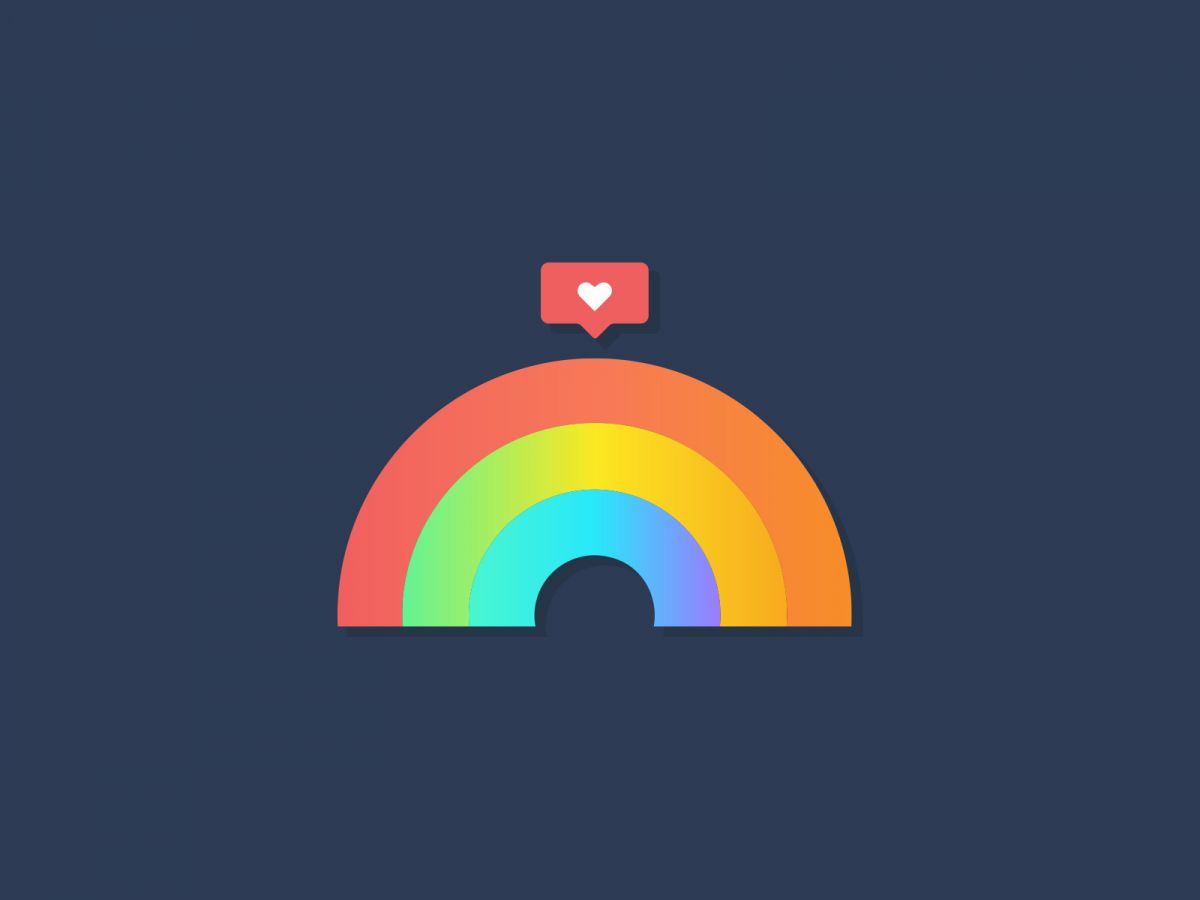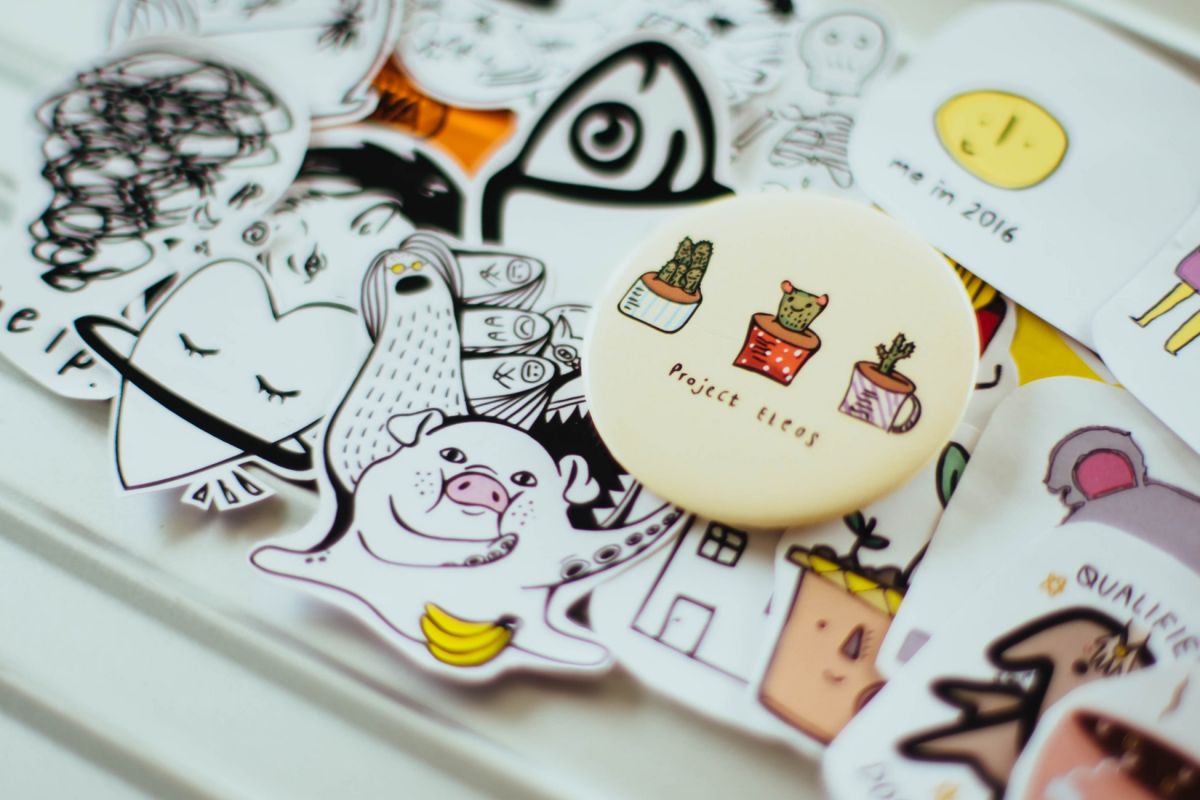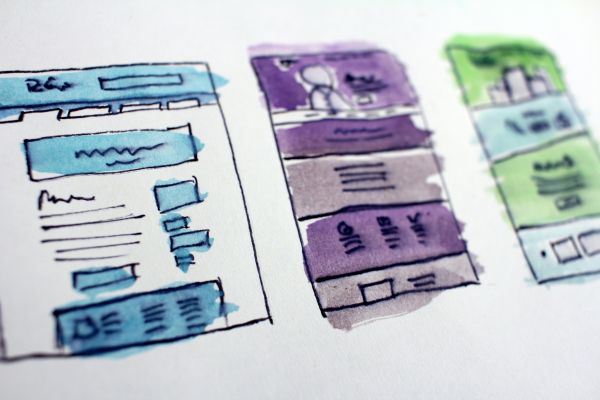Web design is, by nature, fast moving and constantly susceptible to change.
Whenever the industry seems to have settled into a routine, a new trend comes along to rock the boat and ensure that any digital designers who aren’t braced to take the change in their stride are knocked overboard.
It’s not just design trends that can have industry-shifting impacts, though. Social factors can be just as significant in moving the goalposts for web designers.
One such factor is the rising importance of inclusivity within web design, which has become an increasingly contentious topic of discussion within the industry in recent years.
So, let’s discuss it.

What Is Inclusive Web Design?
It might sound like a stupid question, but it’s one that is becoming increasingly prevalent for many within the web design industry.
What needs to be done to make sure that every single visitor to a website – no matter their race, sexuality or gender identity – feels included, catered to and welcome?
As Justin Reyna of InVision describes, inclusive web design is “the practice of crafting experiences for all people”.
Google, for example, recently released 53 new gender neutral emojis to ensure that its selection actively caters to trans and GNC (Gender Non Conforming) users.
From login pages and contact forms to imagery and video, there are a myriad of potential pitfalls for a web designer when it comes to inclusivity.
Ensuring that the right options are available and that the correct messages are conveyed to users is fast becoming a crucial consideration for every designer, developer and copy writer involved in building a new website.
The pertinent question is: How can the web design industry learn from examples such as Google’s and ensure that a progressive attitude towards inclusion is taken moving forward?
Proactively Aspire to Inclusivity
The most important way to approach inclusivity within web design – and, indeed, when offering any kind of service – is to aspire to it, rather than simply treating it as a hurdle to clear in the process of avoiding a PR backlash.
An active awareness of inclusivity should be maintained throughout each phase of a well managed web design project.
Team members should have a strong understanding of the aspects of a website that can be optimised in order to make them inclusive to all, and should be constantly identifying ways to improve upon these.
Making inclusivity an active consideration in this way will help to ensure that your team is forward thinking and proactive when it comes to inclusive web design.
What Changes Can Be Made?
The following are just some of the ways that web design can be more accommodating of users from a diverse range of backgrounds and identities:
- When using people-based imagery, ensure that you use a diverse selection of subjects which are appropriate to the website’s message and purpose.
- When using people-based illustrations, challenge yourself to include multicultural, disabled and/or gender neutral characters.
- Be sure to cater to all users – including those who are GNC – when creating forms and sign up sheets.
- Consider whether or not you need to collect personal information from your users.
- If you need to ask for a user’s gender, use welcoming and reassuring language to explain why, as well as offering an “Other” and “Prefer not to say” option.
- When asking for a user’s title, add an “Mx” option alongside “Mr” and “Mrs”.
- Give users the option to add a “Preferred Name” and ensure that, if your website has a login area, users are able to easily change their name and gender.
If you would like to read more about how the industry can be more inclusive, Justin Reyna’s detailed blog for InDesign on Gender Inclusion is a good place to start, and Erin White’s excellent article on Trans-Inclusive Design also makes for a great read.

In Conclusion...
Inclusivity is becoming increasingly important in the provision of services, and the web design industry is no different. It is an issue that, if ignored, could easily result in some digital designers being left behind by the field.
At JBi, we recognise the importance of ensuring that all of our websites cater to their users in the most inclusive and welcoming way possible.
If you have a project that you would like to discuss with the JBi team, please don’t hesitate to get in touch at hello@jbidigital.co.uk.




